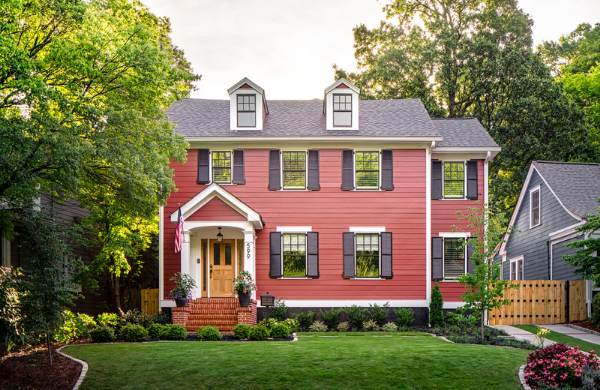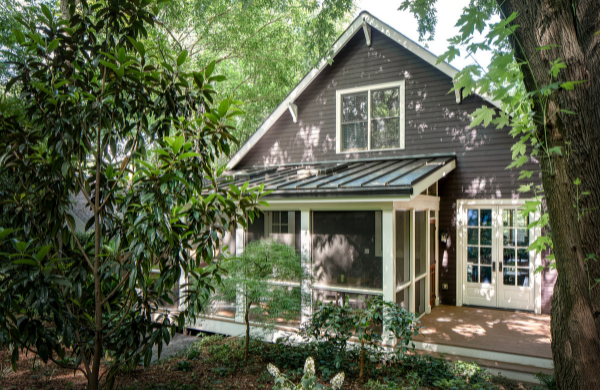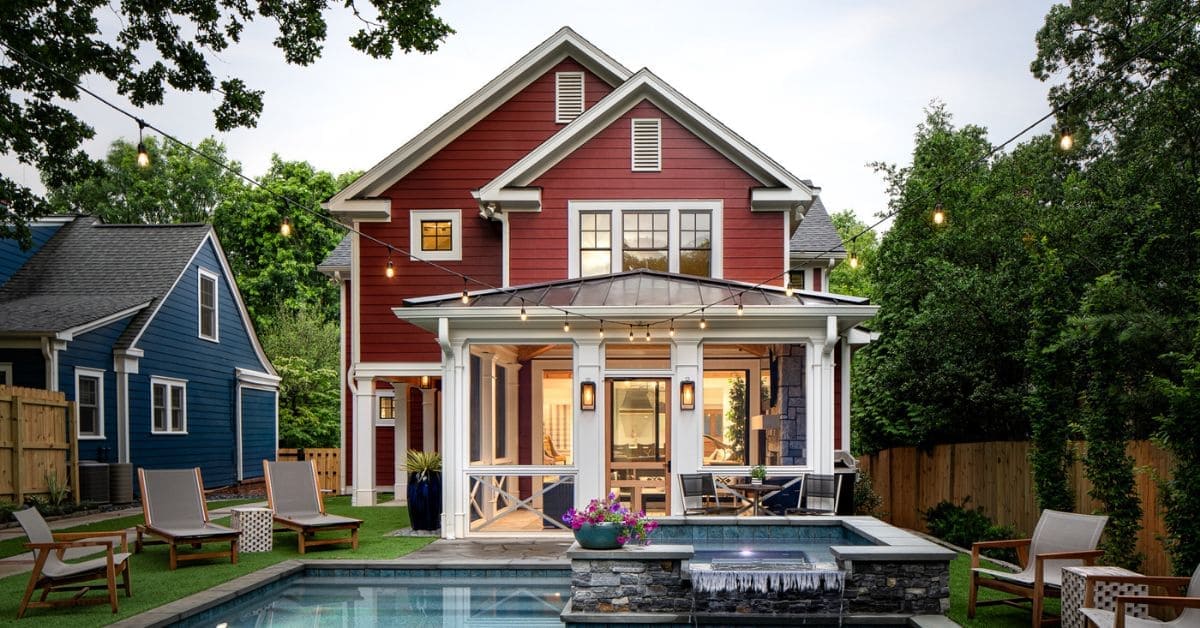The Difference Between Design-Bid-Build and Design-Build (Pros and Cons)
If you're planning a large-scale remodeling project, you're probably doing much research. You've likely seen the words "design-build" and "design-bid-build" on various websites or in contractor brochures. These terms are important to understand, especially as you try to decide how to tackle your project and whom to hire. Below we unpack what both terms mean and look at the pros and cons.
What is Design-Bid-Build?

Design-bid-build has typically been the more common approach to renovation projects. In this scenario, the homeowner starts their construction project - whether that's a major remodel, home addition, or new custom home - by hiring an architect or designer to create the design that suits their needs. Once the architect/designer has created the design and drawings, the homeowner sends these to multiple contractors and requests a bid from each.
Pros:
Competitive environment. The design-bid-build scenario creates a competitive environment that allows the homeowner to leverage the multiple bids to drive down the proposed budgets. By soliciting multiple bids, homeowners can pressure contractors to offer the lower bid possible in order to be considered for the project.
Multiple entities are involved. In the design-bid-build system, contractors, architects, and designers aren't necessarily set up to be working toward a singular vision. They have separate contracts with the homeowner, and they may bring varying perspectives to the job. This can be beneficial as their separate approaches could give the homeowner a broader range of decisions to consider.
Cons:
Inefficient workflow. Once the architect has created the design, the construction plans pass to the contractor, who must execute the design as-is. If the designs are, for whatever reason, not viable in their current state, the contractor goes back to the homeowner, who must then return the designs to the architect for changes. This disjointed process increases the likelihood of miscommunication, which can result in an inefficient workflow, mistakes, and discrepancies.
The risk falls on the homeowner. If the designs need to be tweaked throughout the project, it is the homeowner who must pay for revisions. It is also the homeowner who will be responsible for any overages in the budget due to related construction delays.
Involved entities may work to protect their own interests and not that of the homeowner. If some problem does occur between design and construction, the contractor and architect/designer are both likely to act to protect themselves and their own interests to avoid incurring additional costs.
The building process may be slower. Because of issues that can arise throughout the course of the project and because of the lacking efficiency, the entire renovation process may be slower than it necessarily should be.
What is Design-Build?

The design-build process has become an increasingly popular approach to home renovations. A design-build firm offers in-house design and construction teams. After the homeowner chooses the design-build firm, the in-house designers, which include architects and interior designers, create the plans that are then executed by the construction team.
Pros:
Efficient communication between contractor and designer. Because the design and construction teams all work for one entity, they are in direct communication from the very beginning of the project. They will have worked on multiple past projects together, and they will fully collaborate throughout the duration of the project.
Streamlined building process. With the designers and construction team working together for the same company, the building process becomes streamlined. It's more efficient, faster, and more enjoyable for all parties. If the homeowner chooses to make a change, the designer can easily communicate that to the contractor, who can immediately alter course to ensure that the changes are made in a way that's efficient and to the liking of all parties.
The risk falls on the contractor (not the homeowner) to deliver an executable design. When you sign a contract with the design-build firm to build your addition or remodel your home, they take on the responsibility of ensuring that your home's design is viable. As such, the building and design process should be seamless, with little risk of going over budget.
Cons:
Design-build firms may charge a premium. Some homeowners hesitate to hire a design-build firm because they believe hiring a one-stop shop for design and construction may be more expensive. In reality, while the initial agreed-upon budget might be higher, because of the defined process and collaborative approach, these projects are typically less likely to come in over budget and, in fact, can result in overall savings.
Lack of transparency. As the design-build model has grown in popularity over the years, so has the number of companies who claim to provide this service. Some contractors use the term as a marketing tool but often neglect the design side of the business. If you hire a design-build firm, make sure they have a dedicated, experienced design team.
Which is Right for You?
We believe that design-build is the best option for homeowners planning large home renovation projects. The advantages of this approach can really benefit a homeowner and could make the difference between the entire project being an enjoyable endeavor versus a stressful one.
Watch: Owner Jim Walker talks about our emphasis on design.
If you decide to work with a design-build firm, make sure they have the capacity to execute your vision. Look at their past work and decide if their background and experience are suitable for your project. When you see a project that catches your eye, ask if it was designed by their team or by another entity. This will ensure they have the talent and skills to make your dream home a reality.
Interested in Hiring a Design-Build Contractor in Atlanta? Contact Copper Sky
Copper Sky Renovations provides design and remodeling services - with beautiful results! To see more of our work, take a look at our portfolio. To get started with your project, contact us for a consultation to discuss your goals.


